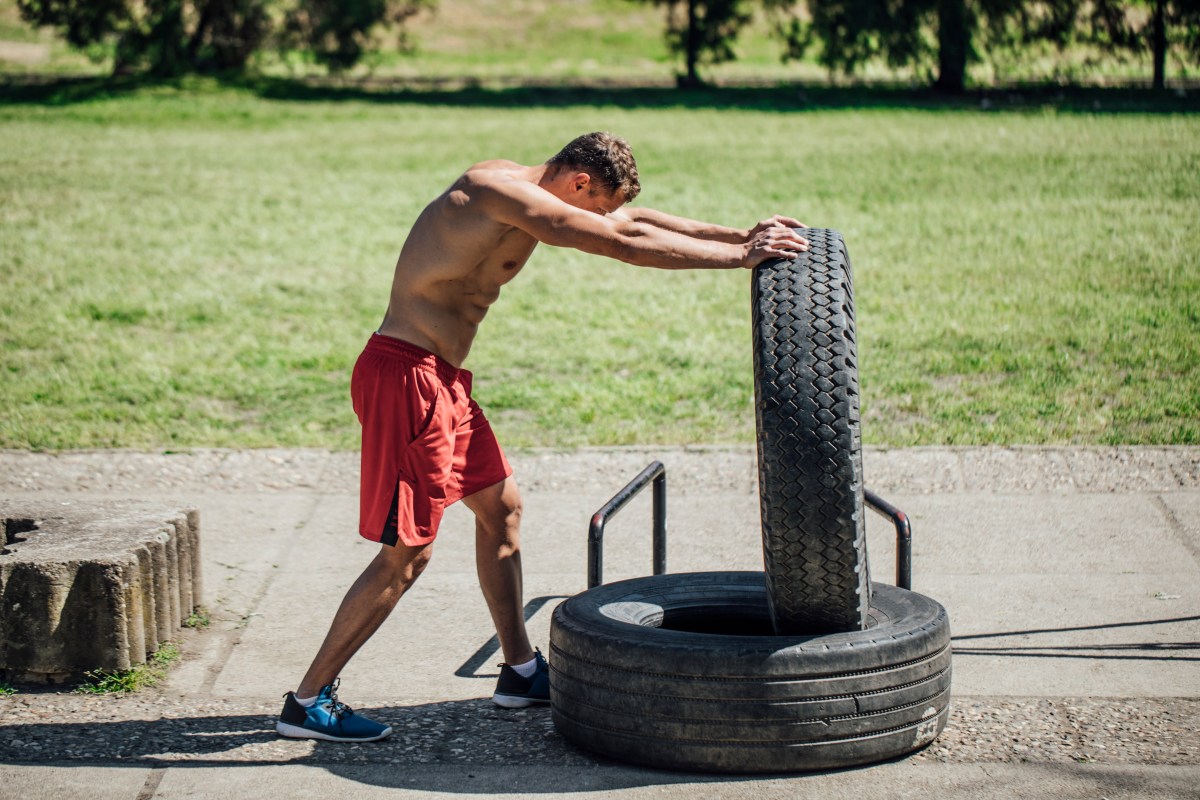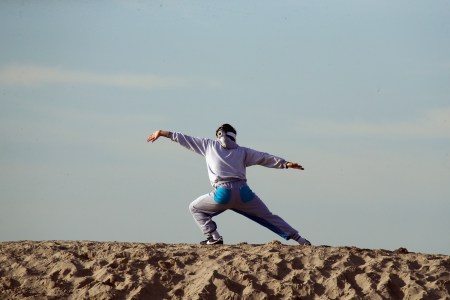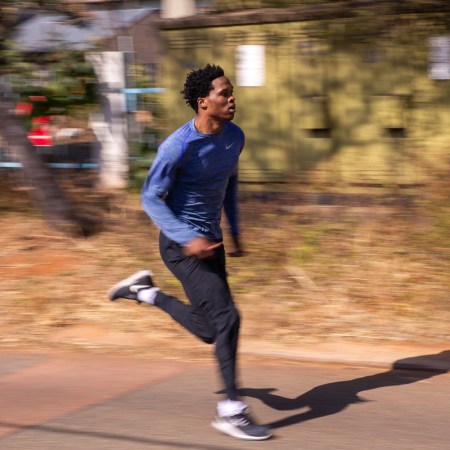There’s a Tom Brady clip currently circulating the internet in which he gets so worked up remembering how old opponents used to disrespect him, he literally starts gritting his teeth. “For me, anger was good,” he says in the video, crushing an imaginary walnut in his fist. “It was motivating. The more I can create an enemy, the more I want to go out and kill those guys. [It’s like] ‘What did they say?’ You know? ‘Did they disrespect me at all?’ Those little things could get me in the right emotional frame of mind.”
Most of the comments on the clip are people saying they had no clue Brady “had that dog in him,” but c’mon, no one wins seven Super Bowls during 23 years in the league from eating avocados alone. You have to hold onto the fact that you were the 199th pick for the entirety of your career. You have to stay angry — and learn how to channel it.
This sort of mentality, meanwhile, doesn’t have to be the exclusive purview of elite professional athletes. While many miles and millions separate the random Barry’s Bootcamp attendee from the NFL’s GOAT, it could be worth channeling some fury into your own fitness routine. But you have to be smart about it. We explore the complicated motivator, and how to best employ it.
Slot This 7-Move Workout Into Your Morning Routine
The gentle circuit will ease stiffness ahead of a sedentary workdayFurious Fitness
Brady says his anger helped him tap into a level of superior focus and performance during his career. He’s right. Anger triggers a surge in adrenaline, which prepares the body for intense physical exertion — the ole fight or flight response. Adrenaline increases endurance (by optimizing oxygen intake and energy availability) and strength (by boosting heart rate and reducing pain perception).
So anger can light the furnace — but how sustainable is it as a fuel source? After all, Brady wasn’t gunning for a one-rep-max in the deadlift when he’d take the field against the Steelers; he was playing a game of physical chess, looking for ways to inch up the field. And as much as he claims to have been furious during games, he would’ve needed to stay physiologically calm and collected.
Consider: thanks to WHOOP stats, we now know that professional contemporaries like Pat Mahomes and Steph Curry keep astonishingly low heart rates even during the most dramatic moments of the game.
A Place for Anger
This doesn’t mean that Brady wasn’t legitimately upset with opponents who disrespected him during games or that he didn’t mean all those “Let’s fucking go!” sound bites picked up by the Inside the NFL mics. Only that his fury — like that of other crotchety competitors, like Kobe Bryant, for instance — was a general, cumulative fury. A slow burn. Anger with an arc.
This brand of anger gets athletes out of bed every single morning. It convinces them they haven’t done enough. It helps them summon small, half-imagined slights and repurpose them for extra reps at the gym.
At its most basic level, “exercising angry” — e.g. throwing around heavy weights or attacking a tempo run — simply because you’re pissed off probably isn’t a good habit to get into. According to a study published in Circulation a few years back, this sort of approach could increase your risk of heart attack symptoms. It’s too much stress.
At the same time, though, anger is an underrated (and often unfairly maligned emotion) in goal-setting and training. Setting out to disprove doubt can lend purpose to your fitness journey, whatever you may be trying to accomplish. (And inevitably, in your quest to quiet the external voices of others, you end up spending a healthy amount of time coming to grips with your internal voice.)
Travel Back in Time
How do you “create an enemy,” as Brady says? That’s up to you. It entirely depends on what you’re trying to accomplish. One way is to dumpster-dive your own memories. I’ll give you a personal example.
When I got really into lifting a few years back and wanted to bench press 225 pounds, I mentally traveled back in time to football training as a young teenager when I could hardly hoist the bar off my chest. Some of my peers were not entirely chill about this. I recalled about how low I felt at that time — how they made me feel so much worse — and resolved to train myself towards lifting the weight.
Eventually I lifted 225 (and got up to 250, too), and of course, ironically, felt a weight off my chest. It hadn’t really been about my old peers — I hadn’t actually thought of them in years. It was a battle with myself, a period of discovery and literal growth. I changed for it. The anger I’d held onto was useful, and after I was done using it, was released.
Turning It Off and On
Note well: channeling your fury into exercise does require an off-switch. You can’t be cranky around-the-clock. For one, you don’t want to be pumping out adrenaline and cortisol all the time. That’s neither sustainable nor sensible and will hurt your body in the long run.
Plus, it’s no fun hanging out with someone who’s forever hanging onto old grievances or embarrassments. You’d be a huge pain in the neck. You have to learn how to lace the motivator into whatever routine you’re focusing on, then either release it or “retrofit” it to your life in a way that will improve your relationship with the world around you.
Let’s say you have an acrimonious relationship with the sport of tennis. Your serve sucks. You have frenemies in your once-weekly doubles. Well, let that anger get your ass to the club for extra sessions. Work on your technique as much as possible. Whether or not your serve turns automatic doesn’t really matter in the end. You’ll have found a place to channel your anger. (Maybe you were more upset about emails the whole time. Who knows?) And you’ll likely play calmer — like Brady — thanks to all your effort on the side.
As our collective wellness definition continues to expand, now championing breath-work, gratitude and the power of patience, don’t feel like you have to leave anger behind. If wanting to beat someone in a workout class is motivating to you, trust that instinct. Do what you need to do to put yourself in a position to succeed — without overtraining or beating up on yourself — and when that period of your week is over, make sure to release the tension in your shoulders.
It’s better to feel something than nothing, they say, and that couldn’t be more relevant than in this most sedentary of eras. Apathy is the real enemy of performance, not anger. So put your metaphorical photo of Ivan Drago on your bathroom mirror, grit your teeth and go.
The Charge will help you move better, think clearer and stay in the game longer. Subscribe to our wellness newsletter today.




















